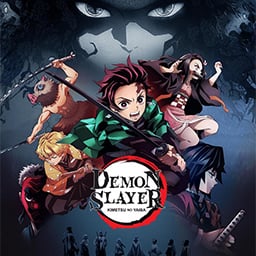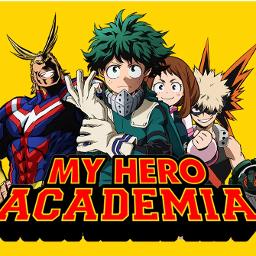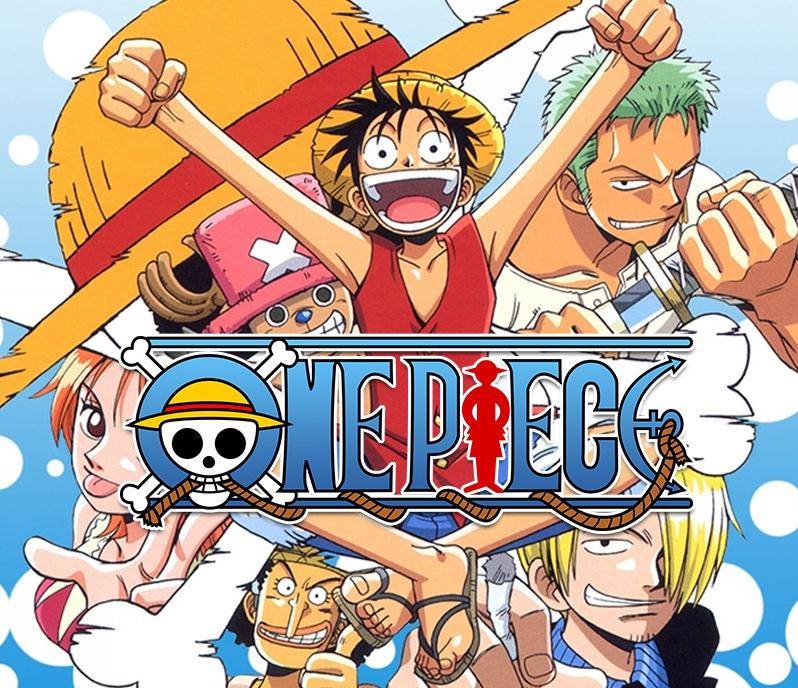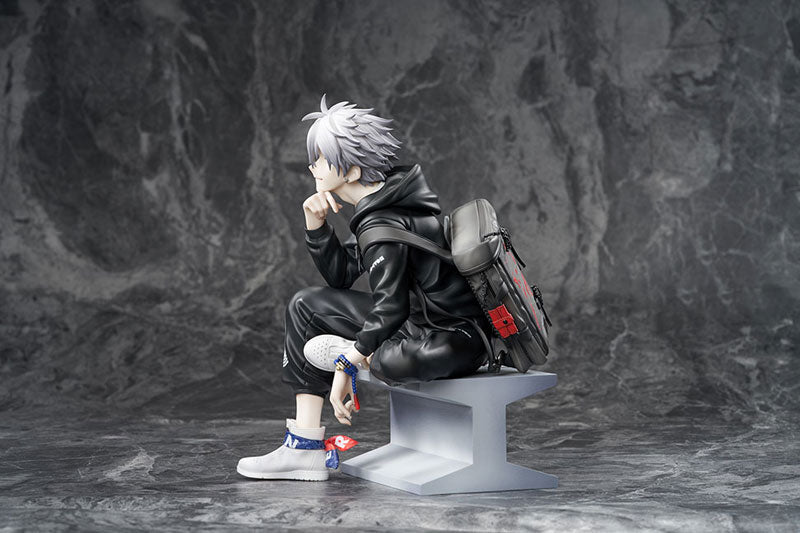Dragon Ball Z Kai TV Anime Series - Dragon Ball
Dragon Ball Kai is a remastered and remastered version of the hit Japanese anime Dragon Ball Z. Although there is some debate about the meaning of the Z in Dragon Ball Z, the term "Kai" refers to the renewal or change of something. Dragon Ball Kai was produced for the 20th anniversary of Dragon Ball Z. The first episode aired in Japan on Fuji Television on April 5, 2009. The 9 to 10 a.m. time slot it occupied was shared with the award-winning anime One Piece, and the two were marketed as Dream 9, referring to the time at which they both aired. The international dubbed version has a slightly longer runtime and has 167 episodes compared to the 159 episodes of the Japanese original.
Development and production
Dragon Ball Kai was also dubbed into English by Funimation under the supervision of Chris Sabbat, one of the main voice actors for the English cast (as the voice of Vegeta ). Unlike previous versions of the series, which were usually broadcast by Cartoon Network, the North American broadcast of Dragon Ball Kai was first broadcast by Nicktoons Network in May 2010 until its airing on The CW's Toonzai block in August of that year. The series then appeared on Adult Swim's Toonami block in 2014. The first two airings were cut and edited to suit a younger audience, while the second airing was uncut and aired at a later date.
Originally, the series was supposed to end before the Majin Buu Saga. The time slot occupied by Dragon Ball Kai was taken over by a new anime adaptation based on the popular manga Toriko. However, the voiceovers were recorded in both Japanese and English, as the Majin Buu Saga was initially produced for an exclusive international release. After a while, the Toriko anime was canceled and the Majin Buu Saga of Dragon Ball Kai aired in its place.
Changes from Dragon Ball Z
The series was remastered in several ways, including noise reduction, damage reduction, re-recording voices, and adopting a new aspect ratio. To achieve the new aspect ratio, a lot of careful cropping was done to ensure that no important details from the original footage were cut out. With the remastering of the series, Dragon Ball Z would also be available in high definition, making the picture much clearer than in the original. Many "filler" arcs originally created for the series, such as the Garlic Jr. Saga, were also removed. While almost all of the filler material was removed, the scenes involving the former villains watching the battle with Majin Buu in Hell remained. This scene featured Frieza in his organic body, whereas in Dragon Ball Super, he appeared in Hell in his Mecha-Frieza form.
The series' music was also improved and replaced the original soundtrack. However, due to legal issues, extensive work was done on the soundtrack and background music during and after its release. The series features new opening and ending themes with original character animations from the series in both the Japanese and international versions. Unlike a generic, unchanging opening theme, Dragon Ball Kai's opening theme follows the series and features the characters as they are introduced in the series, as seen from the Android Saga. The two new opening themes, "Dragon Soul" and "Kuu-Zen-Zetsu-Go," and the closing theme "Yeah! Break! Care! Break!" are all provided by artist Takayoshi Tanimoto.
Since most of the original soundtracks for the Dragon Ball Z series have been lost or unusable, the dialogue in Dragon Ball Kai was re-recorded by most of the original cast. However, some roles were recast for various reasons. Additionally, many sound effects were also updated or reworked to improve the audio quality of the series.
Additionally, a lot of blood was removed from the series, including Goku and Raditz 's deaths. Several color errors were also corrected in Dragon Ball Kai. During the Saiyan Saga, Piccolo is seen bleeding red in the original series, though it is changed to purple in Kai. Another color change can be seen when Vegeta and Nappa are shown on a planet eating around a campfire. Vegeta's color scheme features a lot of brown and red. This is recolored to match the color scheme he displays upon arriving on Earth and afterward. Nappa, however, does not deserve the same degree of recoloring, but still has minor differences, such as the color of his shoulder pads. During the Majin Buu Saga, Toei decided that instead of outsourcing their mastering, they would do it in-house. This resulted in the image retaining a slight greenish tint and the original new animation that had previously been outsourced was removed.
Musical controversy
Kanji Yamamoto, the music designer for the Dragon Ball video games, was responsible for the new background music and soundtrack for Dragon Ball Kai. His music was used for the original series until it was discovered that he had plagiarized music from popular and famous bands and composers. After his resignation, subsequent broadcasts of the show and its TV reruns saw the background music replaced with music from the original Dragon Ball Z series. The opening and closing themes were not affected by this change. The English version was also plagued by the plagiarism scandal, which led to the DVD releases being delayed to replace the background music with the original music from Dragon Ball Z. Norihito Sumitomo, the composer responsible for the music for the most recent Dragon Ball films and Dragon Ball Super, finished composing the new music for the remainder of the Majin Buu saga of Dragon Ball Kai.
Links
Dragon Ball series
Dragon Ball Z series
Dragon Ball Super series
Dragon Ball GT series
Dragon Ball Super Heroes
Akira Toriyama








